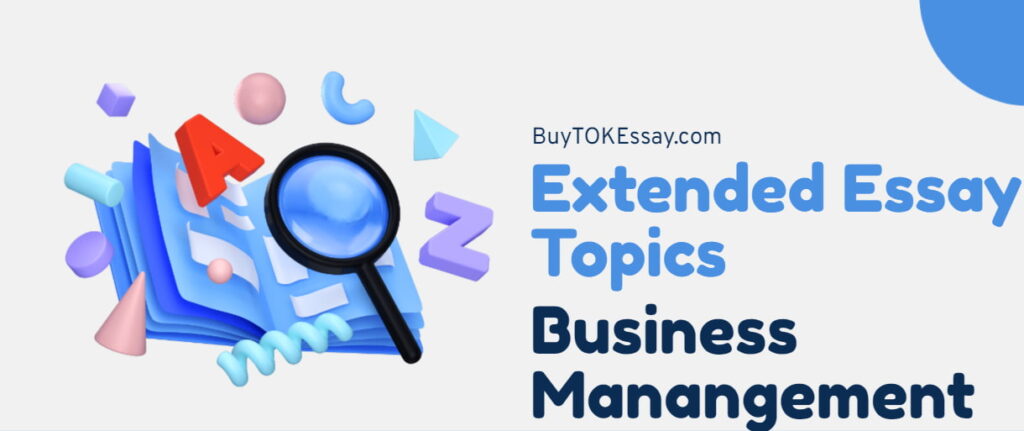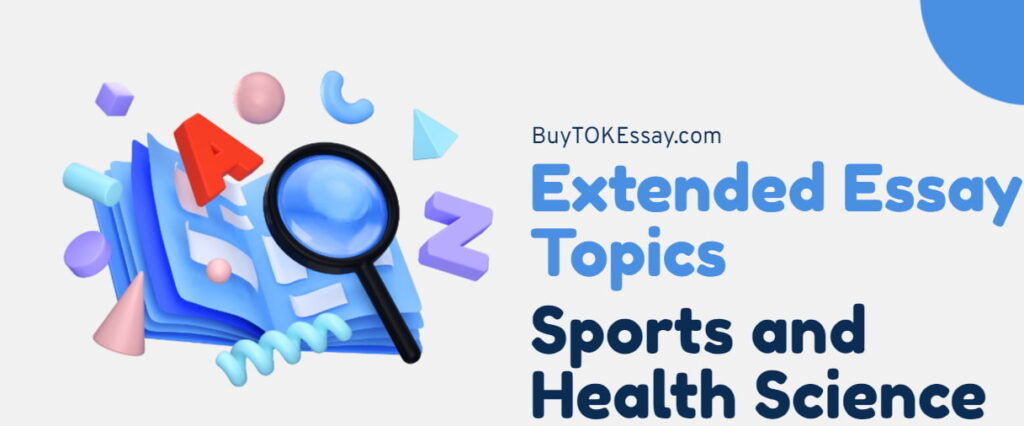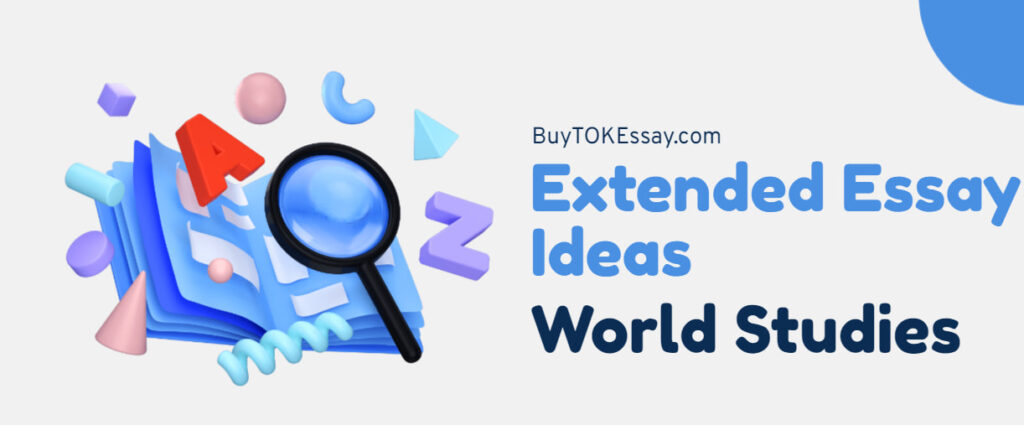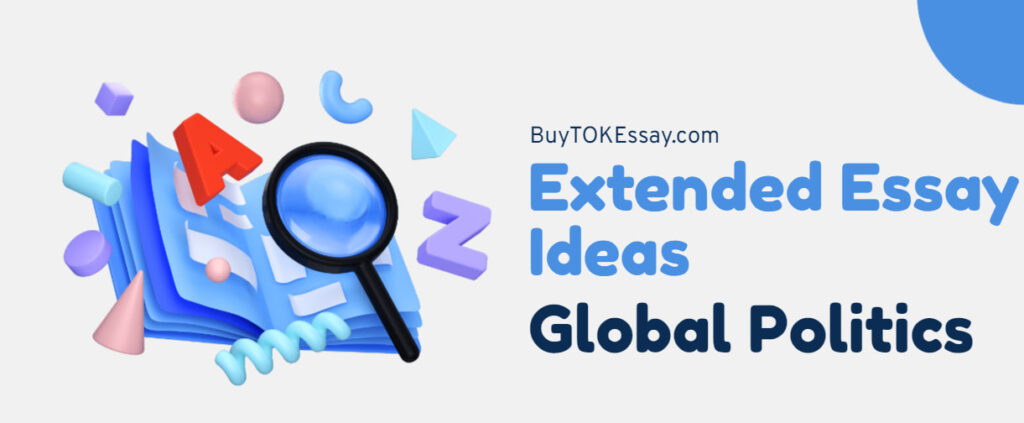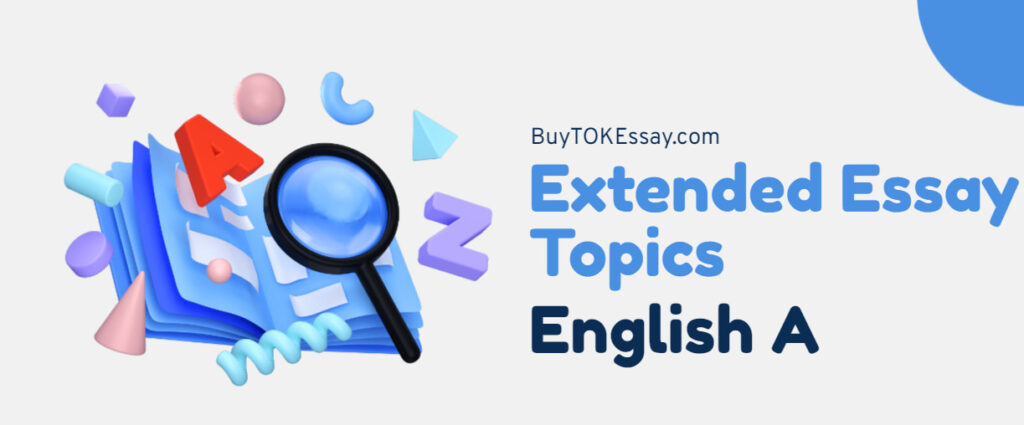Let’s face it: even the most diligent IB student may be derailed by plagiarism, one of the most frequent errors in an extended essay. I’ve seen it happen more times than I can remember. So today, I am going to cover the question of plagiarism in extended essay in detail.
One fundamental idea that affects the extended essay writing process is academic honesty. As essential as your research topic is, in my view, is knowing how to maintain academic integrity. To help you in avoiding plagiarism in the EE while making the process easy and stress-free, I want to provide some useful tools and techniques.
What Counts as Plagiarism in the Extended Essay?
We must be clear about what we are attempting to avoid before we can discuss remedies. Sometimes plagiarism in an extended essay is more subtle than copying significant text passages. In reality, students who are unaware they are doing something improperly are involved in some of the most frequent situations I have seen.
In my experience, plagiarism may take many forms, such as reusing work from another project, paraphrasing too closely from the original text, copying anything without credit, or failing to reference a table, statistic, or graphic.
The fact is that IB examiners are taught to recognize these problems. Furthermore, they are searching for more than simply verbatim quotations. They look at how you presented your ideas, included sources, and integrated research. Whether on purpose or accidentally, you are claiming credit for something that isn’t yours if you steal someone else’s ideas. That is an issue.
Many students don’t realize how simple it is for plagiarism to appear in their work, particularly when they’re racing to meet deadlines or juggling several sources. For instance, copying a phrase structure from a website and changing a few elements can still be deemed plagiarism. Even if the terminology is somewhat altered, the original concept, flow, and tone remain. I believe that one of the most frequent errors IB students make is this kind of “patchwriting.”
One more big one? Assuming that paraphrased material is exempt from citation requirements. I’ve seen it happen repeatedly: students rephrase an article’s concepts and omit the citation because it “felt like common knowledge.” However, it probably requires a source unless it’s a well-known fact.
Examples of Academic Misconduct to Avoid
Here are some typical pitfalls that I have seen students fall into over the years to help clarify this:
- Even if you change a few phrases, you copy and paste content from websites without attribution.
- Using graphs, charts, or tables in your EE without properly citing the source.
- A paraphrased thought that “felt like common knowledge” is not cited.
- Self-plagiarism is the practice of reusing portions of your previous assignments from other subjects.
IB examiners won’t distinguish between deliberate and unintentional plagiarism, even if you don’t want to cheat. That’s why stopping each time you use an idea that wasn’t your own is one of the finest habits you can develop. “Where did I get this, and have I acknowledged it properly?” is a question you should ask yourself.
That little action may impact maintaining your extended essay’s clarity, credibility, and IB compliance.

Many students still write abstracts unnecessarily—our guide explains why that’s no longer needed and what to focus on instead.
What Happens if You Plagiarize in IB Extended Essay?
“What’s the worst that could happen?” may be on your mind. I can speak from experience that the repercussions are severe and should not be ignored. You may maintain your academic integrity, increase your chances of receiving the complete IB Diploma, and demonstrate that your work is entirely original by avoiding plagiarism in the EE.
Even one documented plagiarism incident in the extended essay might result in a failing score for the EE component, which immediately puts your diploma at risk, according to standard IB requirements. Your school may sometimes launch an internal review or disciplinary inquiry, particularly if the academic misconduct is severe or persistent. And believe me when I say that no student wants to be hauled in to explain their Extended Essay because they are suspected of cheating.
Avoiding plagiarism in the EE makes you more competent and self-assured. Academic integrity is very important to both employers and institutions. They want to demonstrate that you can appreciate other people’s work, interact with ideas, and develop your arguments. You’ll be better prepared for all that lies ahead in college and your career if you can master that skill today.
Common Myths About Plagiarism in Extended Essay
Let’s take some time to dispel some common misconceptions I continue to hear from students yearly.
“I can paraphrase without citing.”
That’s not true! The original concept remains someone else’s, even if you express it in your own words. You must give them credit whenever you expand on someone else’s ideas or discoveries.
“Teachers won’t verify everything.”
Rethink your thought. Your supervisors are trained to identify tone or style problems, and IB uses plagiarism detection tools like Turnitin. Only one copied paragraph may raise a red flag.
“It’s okay; I just copied a sentence or two.”
It isn’t. Even small quantities of unattributed text might have significant repercussions due to the IB’s stringent academic honesty standards.
“I’m safe because my plagiarism checking tool didn’t flag it.”
While useful, plagiarism detectors are not infallible. In the end, it is your responsibility to make sure your citations are accurate, comprehensive, and consistent.
Top Strategies for Avoiding Plagiarism in the EE
So, how can you avoid plagiarism in the extended essay and protect your work? Fortunately, I’ve compiled a list of practical techniques that have helped my students avoid difficulties and produce excellent essays they may be proud of.
Following these guidelines, in my view, keeps you safe and improves the complexity and uniqueness of your work.
1. Get Your Research Started Early
Procrastination is, in my opinion, one of the main reasons why extended essays include plagiarism. Students often run out of time and feel under pressure to “borrow” content without adequately understanding it when they postpone beginning their research and writing. And things may start to go wrong at that point.
Starting early gives you time and also lets your ideas grow organically. There will be more chances for you to read extensively, evaluate sources, make careful notes, and consider the true significance of the research.
Additionally, it allows you the time you need to revise drafts, review your citations, and ask your supervisor for input. Every additional day you allow yourself improves the quality of your finished project and lessens the temptation to copy.
2. Monitor Your Sources Right From the Start
Keeping a source journal from the beginning is one of the best habits you can develop.
Believe me, it’s far simpler to document your ideas when you come up with them than to go back and change your mind weeks later. Using citation generators or a simple spreadsheet, I suggest students record all their study sources, including page numbers and publication information.
Citing sources is a requirement of the general IB criteria. You risk inadvertently passing off someone else’s work as your own if you omit a reference or forget where an idea originated. Consistently keeping track of your sources reduces the possibility of unintentional plagiarism in an extended essay, which I’ve seen to add needless stress in the latter stages.
Remember that your images, charts, tables, and statistics (not just direct quotations or paraphrased text) need to be cited.

Need Help with Your IB Extended Essay?
Whether starting from scratch or fine-tuning your existing assignment to meet your supervisor’s demands, the BuyTOKEssay.com team is here to make your dream of a perfect paper a reality. Just buy an extended essay from our IB experts and say goodbye to writer’s block!
3. Develop Your Paraphrasing Skills
Paraphrasing is an essential ability for all IB students. Regretfully, a lot of the students I’ve worked with mistake paraphrasing for just changing a few words or rewording a statement. However, a real paraphrase is reproducing the concept in your own words, using your writing style and sentence structure, while maintaining the original meaning.
In my experience, paraphrasing requires practice and is more difficult than it seems. I advise my students to study the source material carefully, put the book or article down, and then describe the concept out loud as if they were teaching it to a friend. After that, provide that explanation in your own words on paper. You’re less likely to copy the source if you use this technique unintentionally.
And here’s a rule of thumb that I adhere to: reference it wherever possible. Over-citing is always preferable than under-citing.
5. Use a Plagiarism Checker
Lastly, I highly advise using a plagiarism detector on your essay before turning in your EE. I’ve seen students find extremely close paraphrases or missing citations; identifying these problems early on sometimes makes all the difference.
TOP 5 Plagiarism checkers for IB DP
TOIP 5 plagiarism checkers that are great for IB students, including both free and paid options. I’ve included a quick breakdown of pros, cons, and estimated pricing to help you decide what’s worth using:
1. Scribbr (Paid)
🔍 Best for: IB-style academic writing and citation checks
✅ Pros:
- Super accurate – checks against tons of sources, including scientific journals
- Also checks citation errors (APA, MLA, etc.)
- Clean, student-friendly interface
❌ Cons:
- Paid only — no free version
- Slower than other tools when running full scans
💸 Pricing: Starts at €19.95 for a document up to 7,500 words
2. Quetext (Free + Paid Pro version)
🔍 Best for: Fast checks with a cool visual report
✅ Pros:
- Easy to use, with a side-by-side comparison view
- Highlights exact matched phrases
- Free version allows basic checks
❌ Cons:
- Free version is super limited (only a few checks per month)
- Pro version doesn’t scan academic databases like Turnitin
💸 Pricing: Free basic plan / Pro plan: $8–$10/month
3. Grammarly Plagiarism Checker (Paid with free writing tools)
🔍 Best for: Writing + plagiarism help in one tool
✅ Pros:
- Checks against ProQuest and billions of websites
- You also get grammar and writing suggestions
- Seamless integration with Google Docs and MS Word
❌ Cons:
- Full plagiarism checker only available in the Premium version
- Doesn’t detect paraphrased plagiarism as well as Turnitin
💸 Pricing: Around $12/month (Premium)
4. Unicheck (Paid – Used by schools)
🔍 Best for: School-wide use (many IB schools use it internally)
✅ Pros:
- Super reliable – often used by IB coordinators
- Detects rephrased and rearranged text
- Clean reports that IB teachers understand
❌ Cons:
- Not really built for individual student use (requires school account)
- Limited access unless your school has a license
💸 Pricing: School subscription; individual access not always available
5. PlagScan (Free trial + Paid options)
🔍 Best for: Students needing a one-time full scan
✅ Pros:
- Detailed report with links to sources
- EU-based, GDPR compliant (great for students in Europe)
- One-time purchase possible without subscription
❌ Cons:
- Interface isn’t super modern
- No grammar checker included
💸 Pricing: Around €5–€10 for one-time checks (based on word count)
However, it’s crucial to remember that no plagiarism detector is flawless. A low similarity score from a checker does not ensure that all of your sources are correctly referenced.
In the end, you are in charge of the integrity and correctness of your work. Do not use these tools as a replacement for thorough research and writing.
Conclusion
In my view, preparation, planning, and awareness are the keys to avoiding plagiarism in the EE. You may confidently turn in an essay that shows your diligence and creative thought by utilizing the appropriate tools and being aware of your sources.
Keep in mind that academic integrity is a talent that will benefit you, not merely a requirement to observe.
I wish you success on your extended essay and assure you that it is far more satisfying to accomplish it well than to take a chance. Therefore, contact our writers at BuyTOKEssay.com if you need professional assistance with any IB project.
